The truth about transporting your pets
There are plenty of myths swirling around about transporting pets on flights that can influence a pet owner’s decisions about air travel. It’s easy to fall victim to misinformation about flying your pets, particularly with pets travelling in cargo.
The truth is that transporting your pets is easier than you think. Around two million pets travel across the US by air each year. And there are about four million pets that travel by air globally. You can find out just how easy it is and get all the information you need by seeking advice from a reputable pet travel service, such as Pet Express.
Many pet owners don’t know much about what happens in the cargo hold of an aircraft so stories of extreme hot and cold temperatures, loss in air pressure while travelling, or rough treatment of pets by airline staff can cause travellers anxiety. However, the cargo holds in most aircraft doing international flights are climate controlled and pressurized to the same standards as the cabin. Airlines in most countries also make your pet’s health a top priority working to strict animal welfare principles.
Our connection to our pets, and the attention given to the rare ‘horror story’ means many of us will naturally have concerns when flying our dogs or cats.
Here are some of the facts about pets flying in cargo and point you in the direction of where to find the right information about flying with your pets.
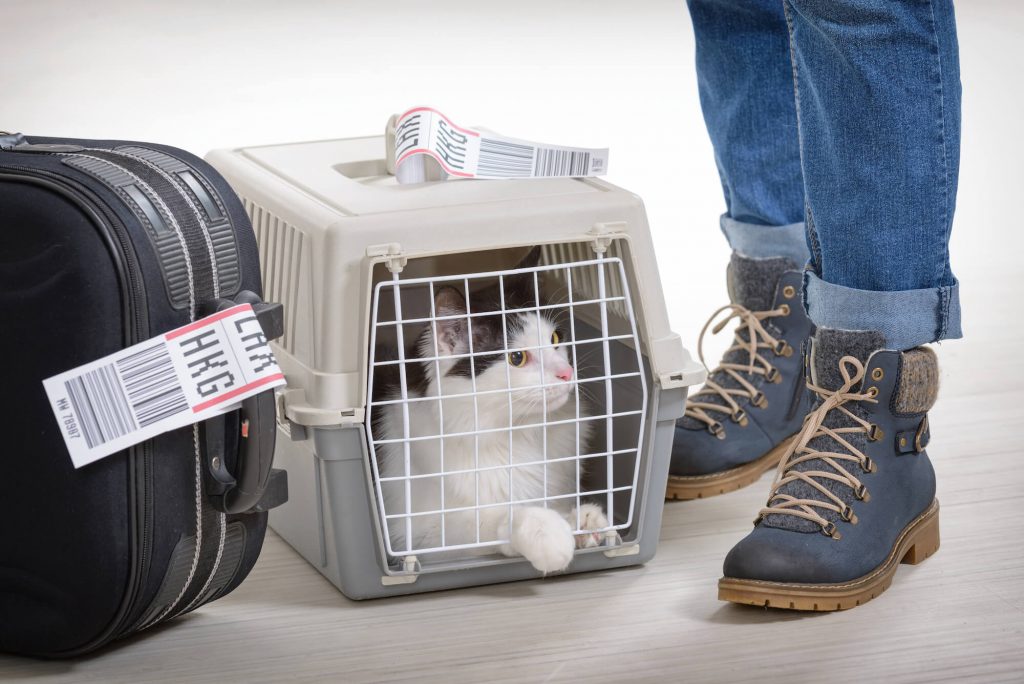
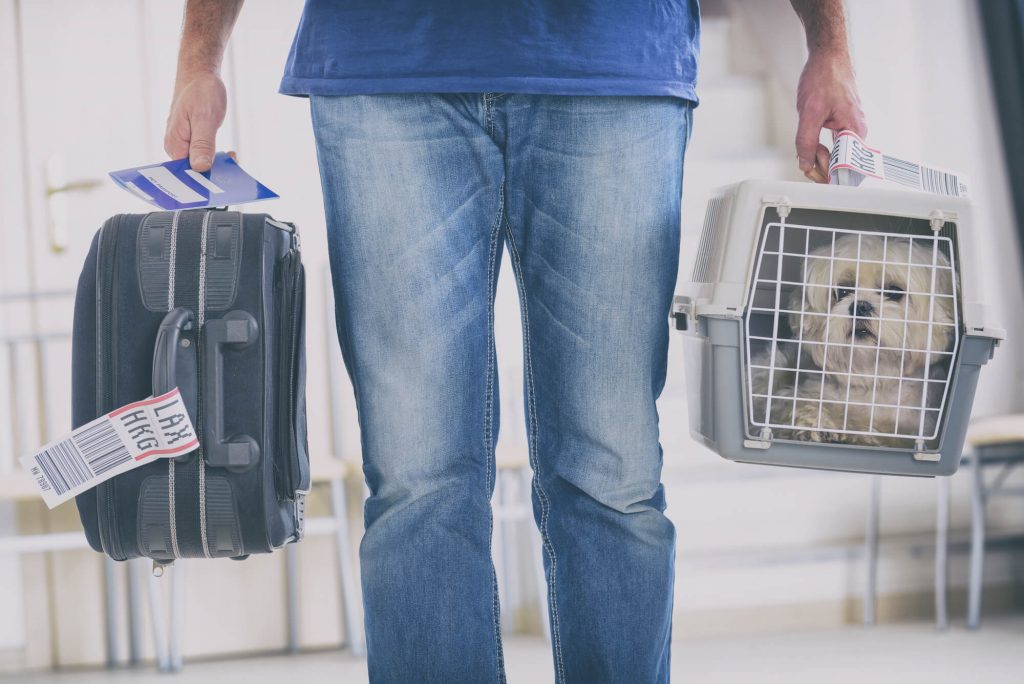
Is pet travel safe flying in cargo?
Yes, if your pet is prepared for the journey, then travelling in cargo is completely safe. Airline policy and health and safety requirements are in place to ensure your pet has a safe and risk-free experience in air travel. Let’s look at some of the myths about air travel.
Myth: Pets suffer from extremes of hot and cold while travelling
Fact: Pets are in climate-controlled condition during pre-board and are last to be loaded on the aircraft so there is limited exposure to the elements while waiting on the tarmac, and the cargo area is also climate controlled to the same conditions as the cabin.
Airlines have pet-friendly procedures so your pet is treated with care and not put at risk.
Myth: My pet will be stuck in quarantine at the destination for a long time.
Fact: There are only a handful of countries around the globe that require pets to be quarantined upon arrival from the USA. This is usually the stricter Rabies free countries, but the Pet Express team will hold your hand throughout this procedure to ensure complete compliance prior to being checked in for the exciting flight.
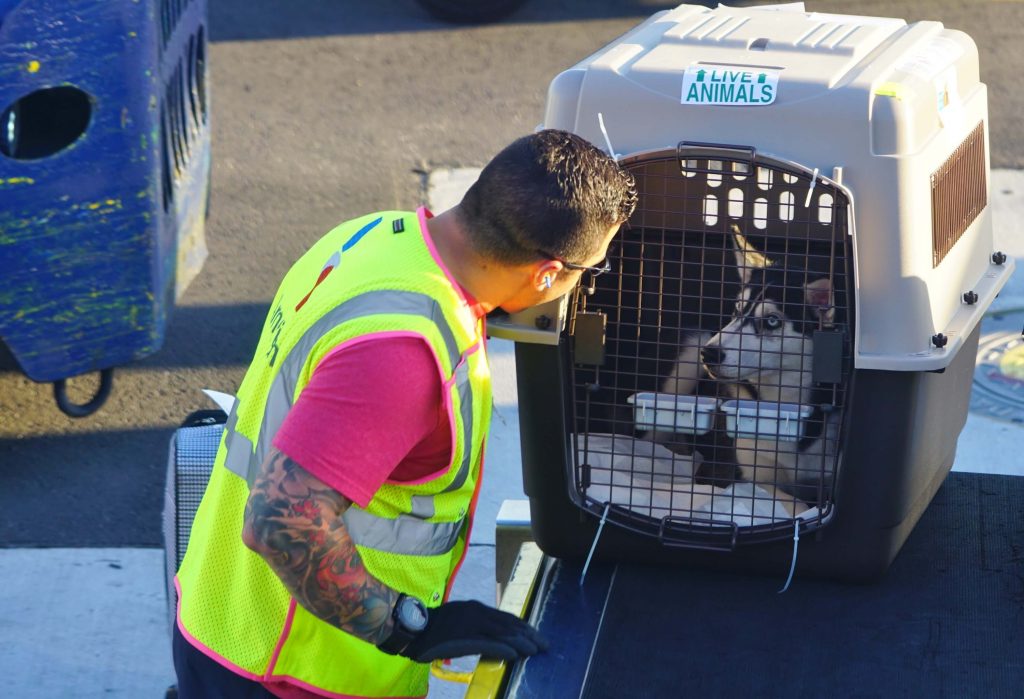
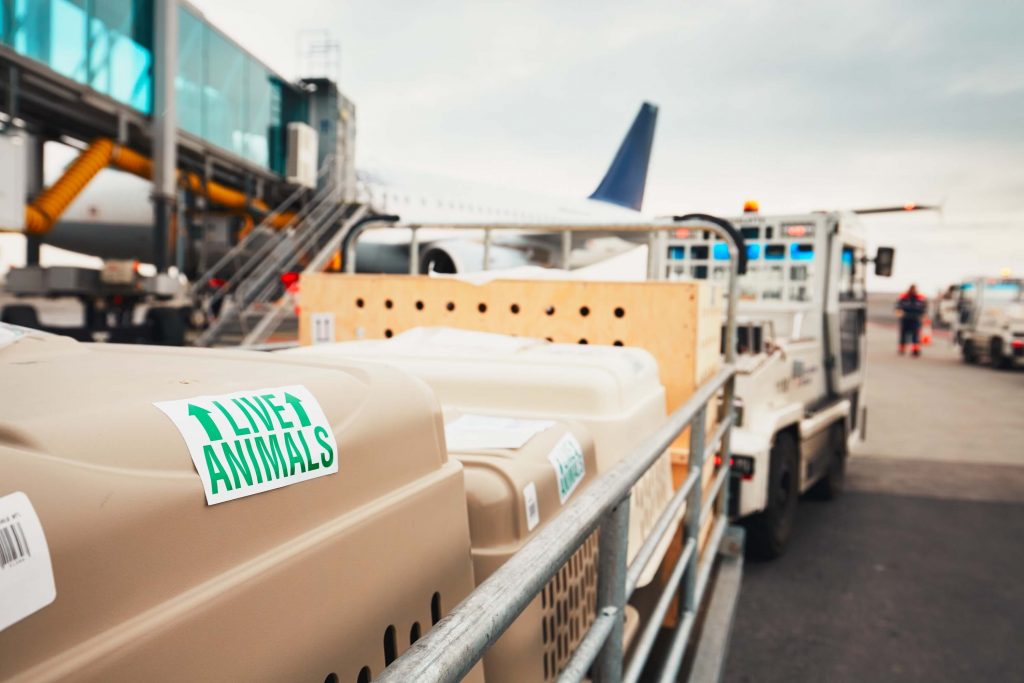
Myth: Cargo areas on airlines are not pressurised.
Fact: Cargo areas are pressurised to the same levels as the cabin so your pet will be as comfortable as you are for the duration of the flight. Most pets will be so comfortable that they will sleep through most of the flight.
Myth: Airlines will not transport aggressive breeds
Fact: While there are some breed restrictions on flights, these are in place for the health and safety of your pets. For example, some airlines will not transport snub-nosed breeds of dogs and cats. However, do not fret because a professional pet transport company has the experience and the expertise to find the right services to get your pet to its destination.
Myth: Your pet should be sedated during the flight
Fact: Most airlines will not accept sedated animals because of the added health risk. In all likelihood, your pet will feel comfortable enough for natural sleep on the flight in cargo.
Myth: It is safer for your pet to travel by road than by air
Fact: The restriction and safety requirements for travel ensure any pets travelling in cargo are as safe as the passengers in the cabin. Road transport can add more substantial risks to your pet, as time in transit can heighten your pet’s stress and anxiety.
There are many different logistic companies, and some may not have the necessary expertise to transport your pet. The constant stopping and starting of road transport can also make the journey inconsistent, which could heighten your pet’s stress.
At Pet Express, we have partnerships around the globe, which means your pet will always be with a team that maintains our high standard of care for your pet.
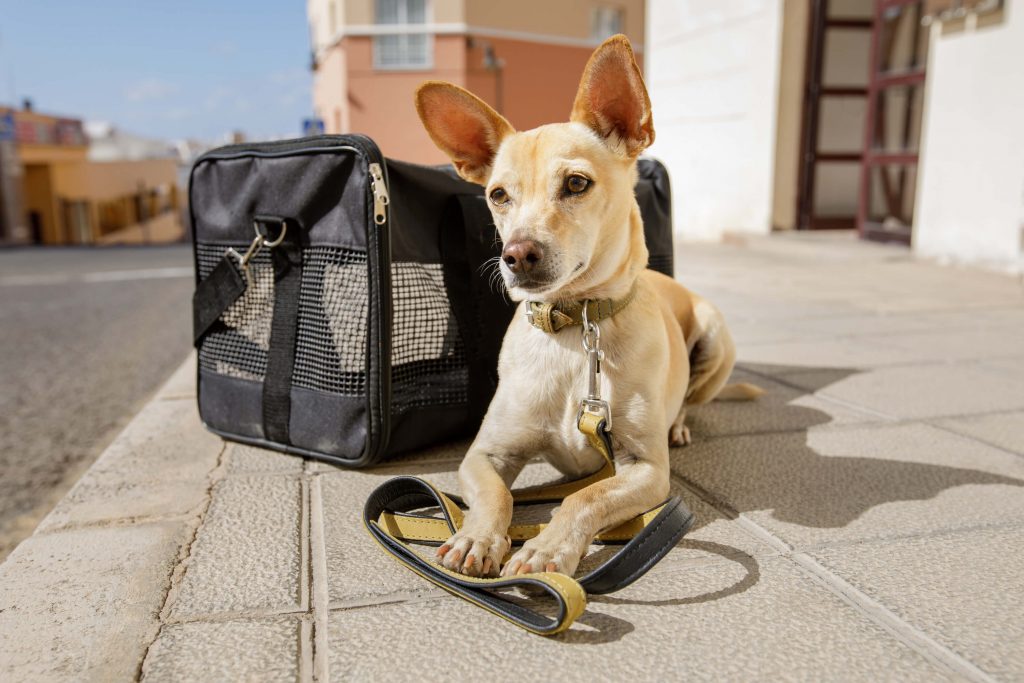
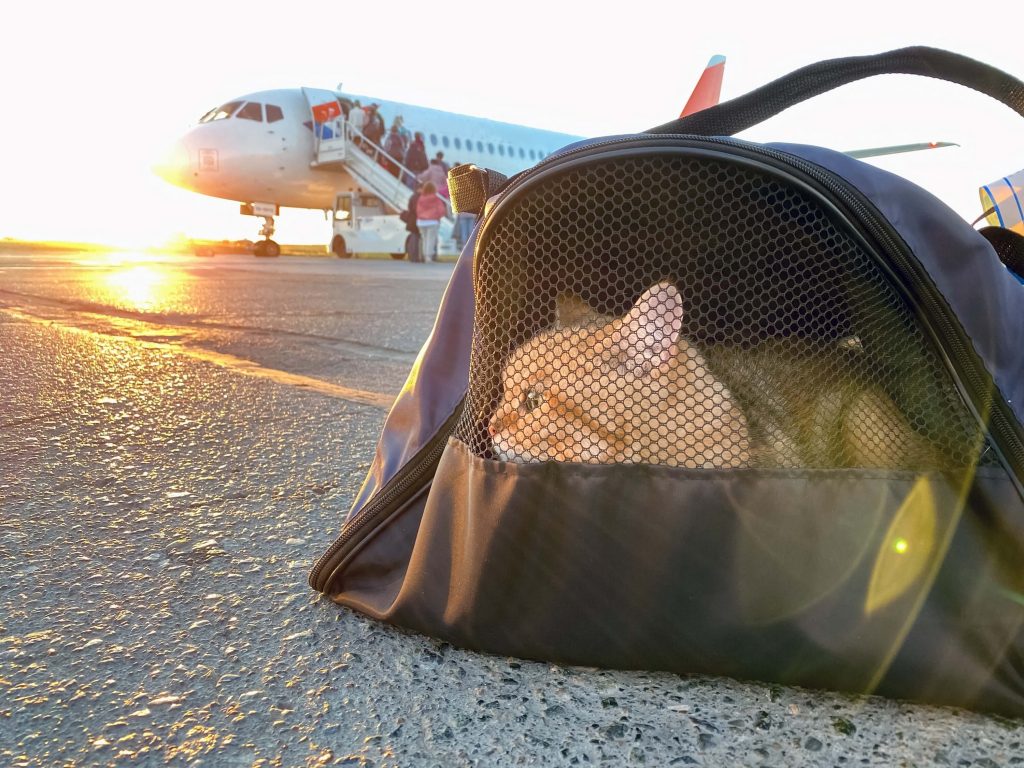
Making the journey as comfortable as possible for you and your pet
Here is the biggest myth to crack.
Myth: Transporting your pet by air is complicated and stressful for the pet owner.
Fact: With preparation and advice, air travel can be safe, comfortable and stress-free for both you and your pet.
So, what preparation and advice do you need?
Crate training
Crates come in all shapes and sizes because it’s not one size fits all when it comes to getting the right crate, but having the right crate is vital. Your pet’s flying experience will depend largely on how comfortable it feels in the crate, so you need a crate that fits.
Your pet should be able to comfortably stand, sit down and be able to turn around in the crate. You don’t want it too big as this can bring up additional risks while the crate is moving, but your pet should be able to lie down comfortably with its paws extended.
You should also have room to have something familiar to your pet in the crate so it is comfortable, maybe it’s a blanket or a cushion.
When introducing your pet to the crate, slowly is the best policy. Don’t force your pet into a crate and never use it as a punishment. When your; pet enters the crate naturally make sure you praise your pet and incentivise it with a treat and/or attention.
Once comfortable, encourage your pet to sleep in the crate overnight. Also, when comfortable take your pet for a drive in the crate because this will help your pet to feel comfortable while moving.
When your pet feels comfortable in the crate, then it will value it as a sanctuary in any environment, such as the baggage area of a busy and noisy airport.
If you have any questions about the right crate or have any problems with crate training, then contact a pet transport professional such as Pet Express. We have the expertise and have helped hundreds of pet owners to train their pets ready for transport.
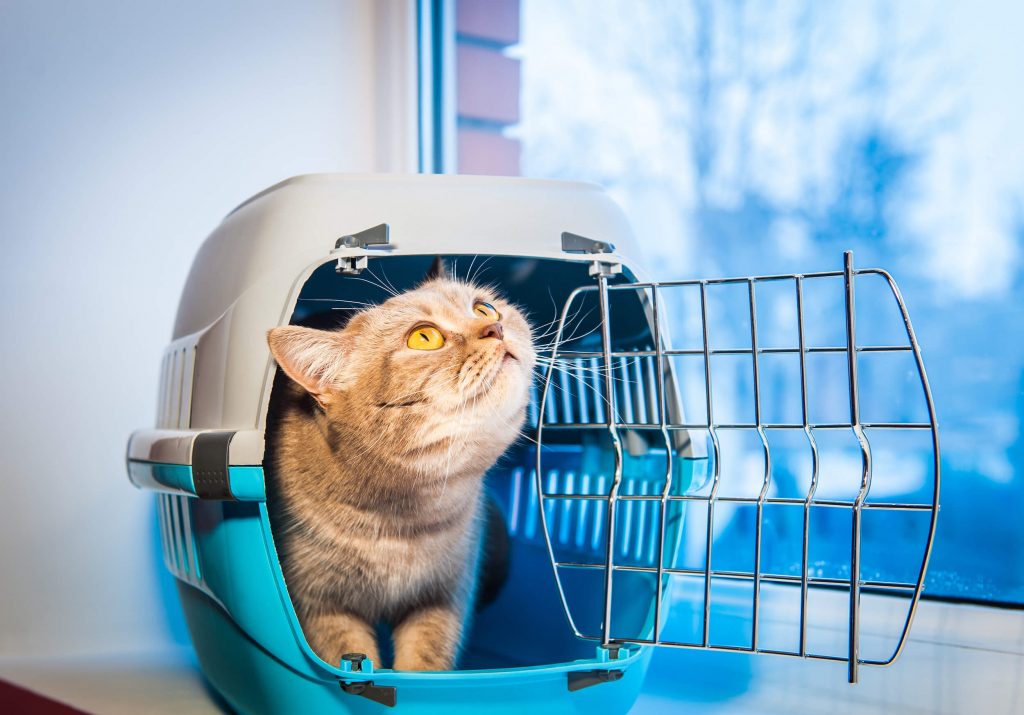
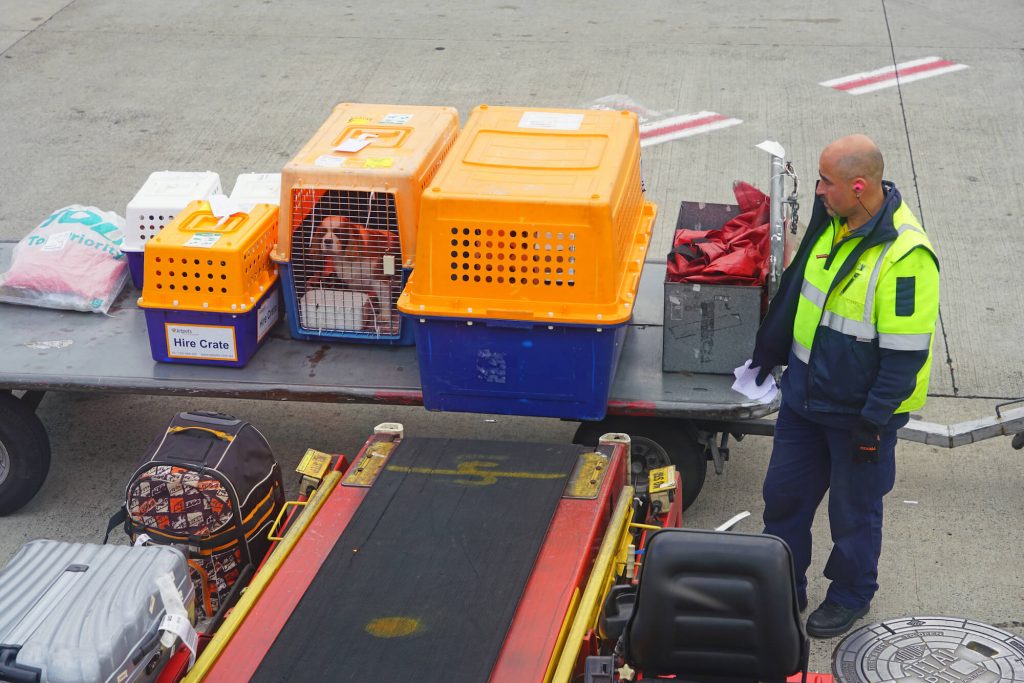
Visit a vet
A vet not only provides you with the health certificate you need but he or she can also give you advice on how to calm your pet for the trip or the crate training. A vet can also assess your pet’s condition and give you tips on reducing the risk, such as what collars to use and how to trim nails.
A professional pet travel service can give you all the questions you need to be answered for your peace of mind, but it’s the vet who will give you the answers.
Hydration and food (prep)
Don’t feed your pet just before a flight. A professional transport service will ensure your pet travels with all the nutrition that it needs., Also, give your pet small amounts of water leading up to its trip.
Once you have your pet in a crate for departure, put a note on the crate marking the last time your pet ate and drank. The more information you can give pet transport companies and airlines, the lower the risk. Also, mention that you have a pet travelling with you to flight attendants as they will ensure you depart the plane in time to greet your pet on its arrival.
A final myth about air transporting pets to bust
Myth: Traveling with your pet by air is too hard, and you’re on your own
Fact: Professional pet transport companies, such as Pet Express have all the information you need. The staff also understand what your concerns are with travelling with pets and give you advice to make it a stress-free experience.
Pet Express also has dozens of partners, including veterinarians with pet travel expertise, to ensure you get the best end-to end- service for your pet. Contact us to discover the truth about transporting your pet.
